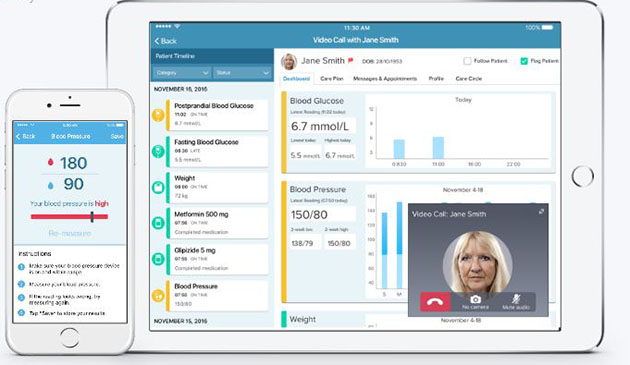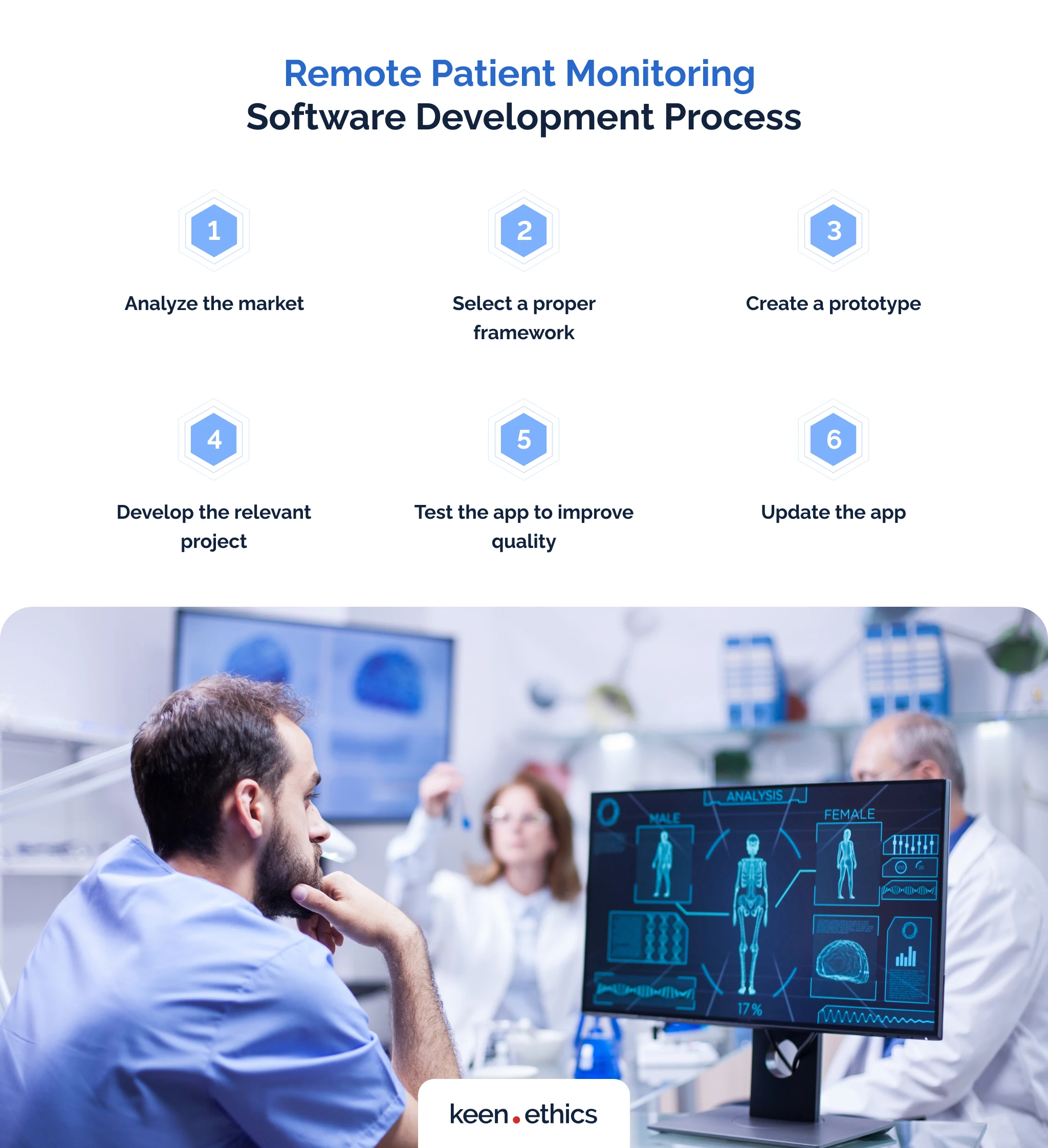Cutting-Edge RPM Software: Boost Patient Results with Innovation
Cutting-Edge RPM Software: Boost Patient Results with Innovation
Blog Article
The Future of Medical Care: Remote Individual Monitoring Streamlined
As health care continues to develop, one area that holds tremendous promise is remote person surveillance. With an emphasis on improving patient outcomes and streamlining health care shipment, remote tracking is positioned to change the industry.
Advantages of Remote Person Surveillance
Remote person tracking provides a multitude of benefits for both doctor and people alike. One substantial advantage is the capability to continually keep an eye on patients' essential signs and health data from another location. This real-time monitoring enables doctor to identify any kind of worrying trends or modifications immediately, resulting in early interventions and possibly preventing medical emergency situations. In addition, remote individual surveillance improves the overall top quality of treatment by offering an extra alternative and comprehensive view of patients' wellness standing beyond traditional in-person brows through.
Furthermore, remote individual monitoring can lead to better individual results and fulfillment. Remote surveillance can decrease the requirement for frequent healthcare facility sees, decreasing health care prices for both patients and service providers.
Modern Technology Driving Remote Surveillance
In the world of modern-day healthcare, technical advancements play a crucial function in driving the evolution and performance of remote client monitoring. The combination of cutting-edge technologies such as wearable tools, mobile applications, and cloud-based platforms has actually revolutionized the method healthcare companies from another location check and take care of individual health and wellness - best remote patient monitoring software. These modern technologies enable constant real-time tracking of crucial indications, medicine adherence, and various other vital wellness information, permitting prompt treatments and customized care strategies
One trick modern technology driving remote tracking is the Internet of Things (IoT), which makes it possible for smooth connection in between clinical gadgets and healthcare systems. IoT tools such as smartwatches and cordless sensing units send and collect individual data to central systems, helping with remote tracking from anywhere in the world. Expert system (AI) and artificial intelligence formulas better boost remote monitoring by assessing huge quantities of person data to detect patterns, predict health trends, and alert healthcare service providers to potential concerns.
Effect on Health Care Shipment
With the assimilation of innovative modern technologies driving remote person tracking, the influence on medical care distribution is becoming transformative and significantly extensive. Remote person monitoring permits doctor to offer even more positive and personalized treatment to people, resulting in enhanced health results and decreased medical facility admissions. By from another location tracking important indications, symptoms, and medicine adherence, medical care experts can interfere early, protecting against difficulties and improving the overall quality of care.
Moreover, remote surveillance enhances accessibility to medical care solutions, especially for people in underserved or country locations. People can obtain continual monitoring and assistance from their homes, getting rid of the demand for constant in-person sees. This not just conserves time and minimizes prices for both people and medical care centers yet additionally decreases the risk of exposure to transmittable diseases, an important factor to consider in the current healthcare landscape.
Furthermore, remote patient tracking enables doctor to far better allot resources and prioritize treatment based upon real-time data. By recognizing high-risk patients and interfering quickly, health care delivery ends up being more reliable and reliable, eventually leading to an extra sustainable and patient-centered health care system.
Improving Patient Outcomes

Furthermore, RPM permits positive redirected here management of chronic conditions, reducing the chance of intense worsenings and health center readmissions. People take advantage of boosted comfort and comfort, as they can receive treatment in their very own homes while staying connected to their doctor. This continuous monitoring not just improves client complete satisfaction but additionally cultivates a sense of empowerment and engagement in their own wellness monitoring.
Future Trends in Remote Tracking
Embracing cutting-edge modern technologies in remote individual tracking is shaping the future landscape of medical care shipment. The future trends in remote surveillance are expected to reinvent the means health care is provided, making it a lot more patient-centric and reliable. One considerable trend is the raised use of wearable tools and sensors to collect real-time information, enabling doctor to keep track of people constantly without the need for regular in-person gos to. These tools can track essential indications, drug adherence, and activity degrees, providing a detailed sight of the individual's wellness status.

In addition, telehealth platforms are ending up being much more innovative, enabling for online assessments, remote medical diagnosis, and remote patient keeping an eye on done in one integrated system (remote patient monitoring platform). This holistic approach to remote monitoring is simplifying healthcare delivery, enhancing client complete satisfaction, and ultimately, enhancing total quality of treatment
Final Thought
To conclude, remote person surveillance offers numerous advantages in medical care delivery, driven by advancements in technology. It has the prospective to boost patient outcomes and revolutionize the means medical care is supplied. Future patterns in remote tracking will continue to shape the landscape of medical care, giving possibilities for even more individualized and effective person treatment.
Remote individual tracking presents a multitude of advantages for both visite site health care suppliers and clients alike. Furthermore, remote patient surveillance improves the overall quality of treatment by offering a more holistic and thorough sight of clients' wellness condition beyond typical in-person sees.
Additionally, remote patient surveillance can lead to enhanced patient end results and fulfillment. Remote client surveillance enables healthcare providers to use more aggressive and customized treatment to clients, leading to boosted health and wellness end results and decreased hospital admissions. Remote individual monitoring (RPM) plays a substantial role in enhancing patient results by giving constant, real-time data that makes it possible for health care providers to step in quickly and readjust treatment strategies as required.
Report this page